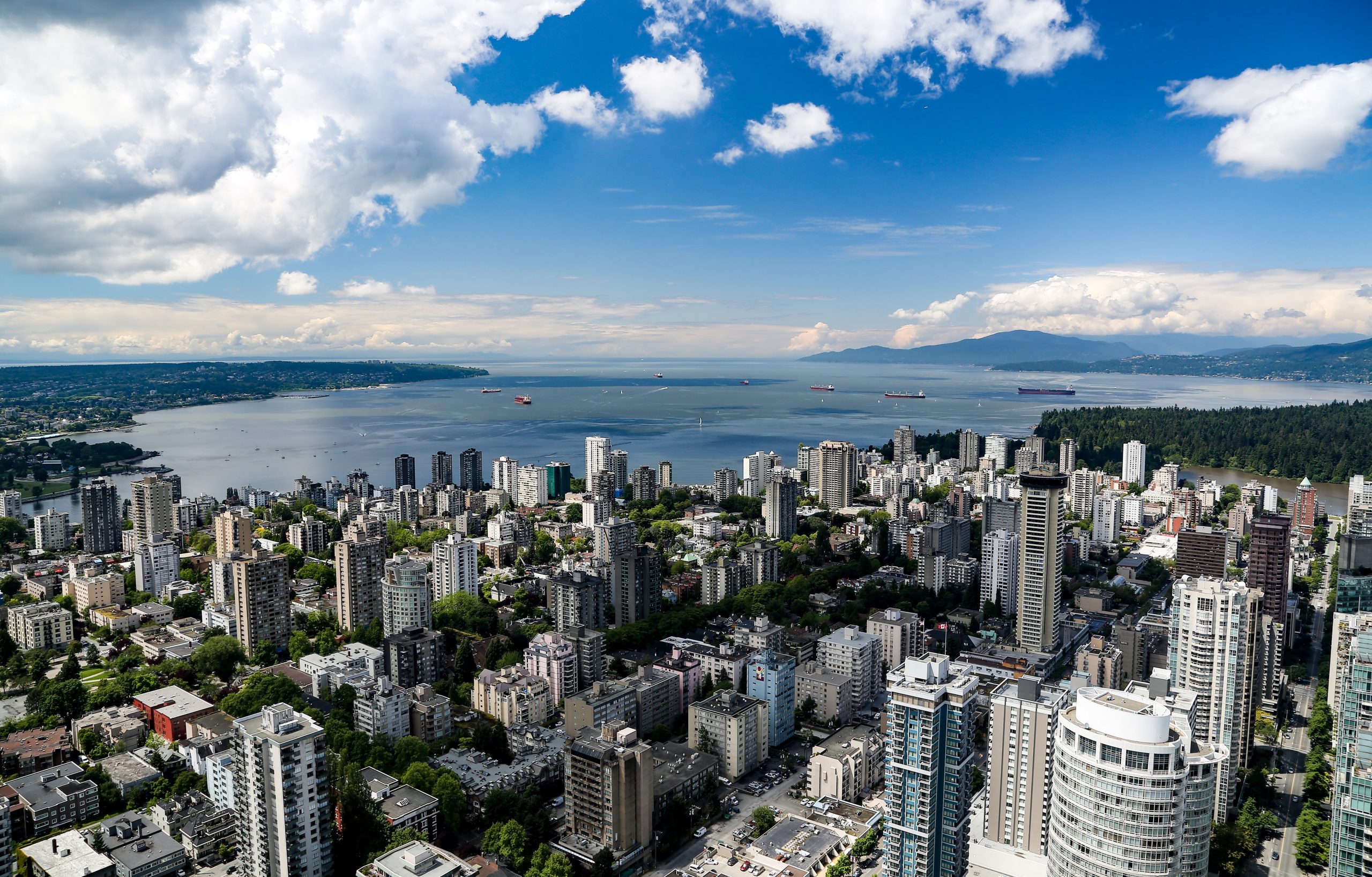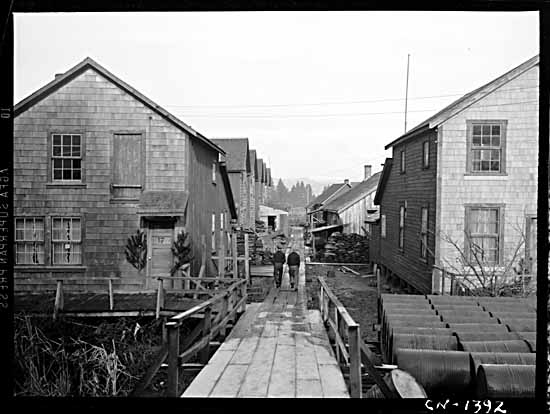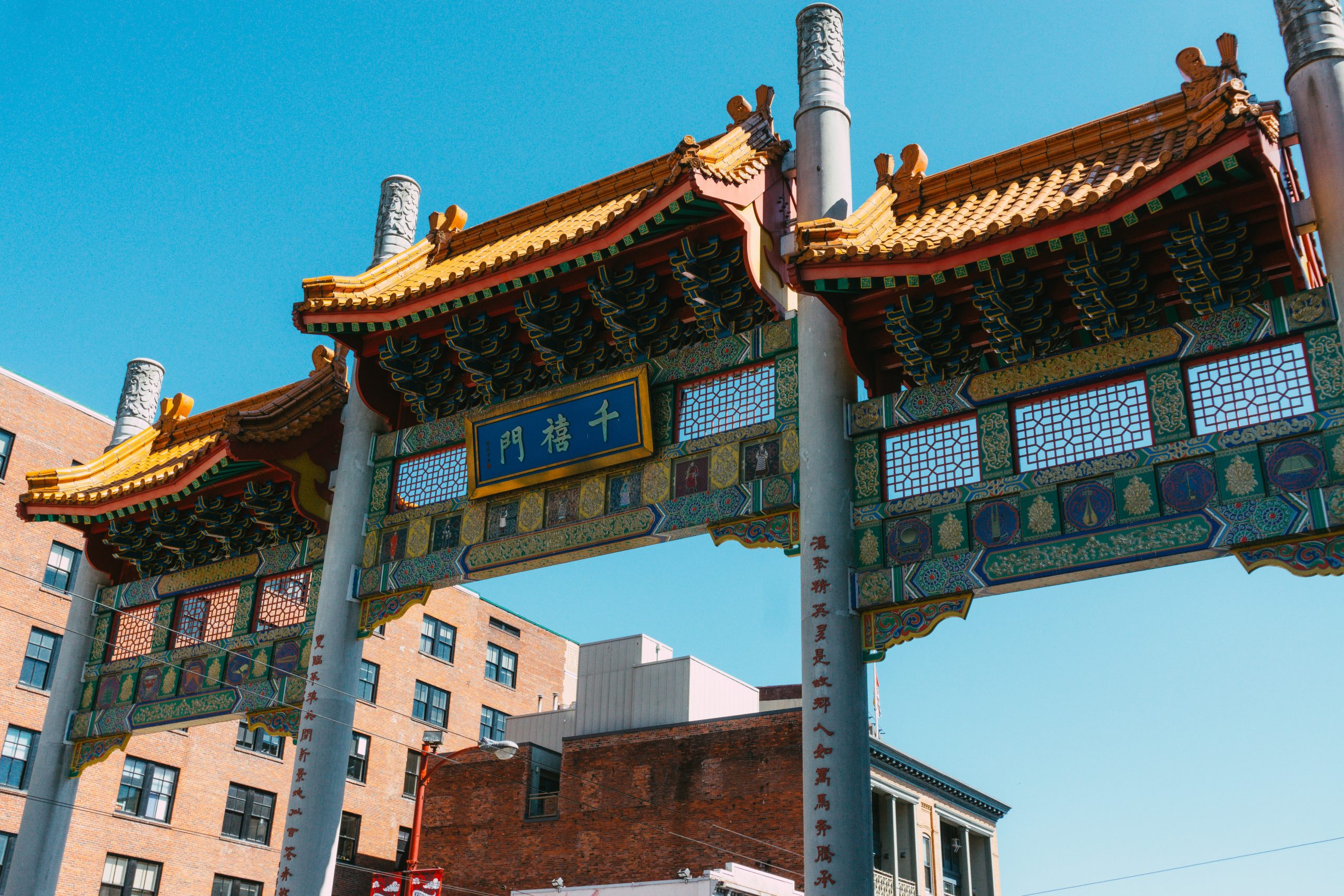 By: Isabelle Vauclair, a Laurier Institution Blog Contributor
By: Isabelle Vauclair, a Laurier Institution Blog Contributor
Discriminatory covenants on old land titles based on race and nationality are common throughout the Lower Mainland and B.C. While such covenants are technically void as of 1978 under Section 222 of the Land Title Act, a surprising number of them have not yet been removed.
In West Vancouver, there are several homes developed by British Pacific Properties with historic covenants barring people of colour from living in the neighbourhood. Efforts to amend these records over the past 40 years have been largely unsuccessful, although the developer has stated that they support their removal.
What is a covenant?

Just a few lines of small print can determine the course of a person’s life. Access to safe housing, job opportunities, education, and healthcare all hang in the balance.
Throughout the 20th century, racially restrictive covenants were used to systematically oppress people of colour and preserve a community’s “whiteness.” With racial segregation also came a divide between rich and poor.
What does a discriminatory covenant look like?
 According to historian Kirsten Delegard, no city is without lasting racist covenants. In Beverley Hills, a home recently sold with a shocking declaration in the fine print of the deed:
According to historian Kirsten Delegard, no city is without lasting racist covenants. In Beverley Hills, a home recently sold with a shocking declaration in the fine print of the deed:
“Said premises shall not be rented, leased, or conveyed to, or occupied by, any person other than of the white or Caucasian race.”
This exclusionary language is sadly not uncommon in historic land titles. In West Vancouver, the following covenant was spotted just a few months ago:
“No person of the African or Asiatic race, or of African or Asiatic descent, except servants of the occupier of the premises and residence … shall reside or be allowed to remain on the premises.”
While these words are no longer enforceable, their continued existence serves as a reminder that people of colour would at one time have been unwelcome in their own homes. They perpetuate segregation and classism and remain a source of deep generational trauma.
First, let’s look at the history of racist covenants in the U.S.

Although southern states are often recognized as the epicentre of racial discrimination in the U.S., racially restrictive covenants actually originated in 19th century California and Massachusetts. Within a decade, the real estate industry fully embraced them as a means to line their pockets and promote state-sanctioned violence against people of colour.
The emergence of ‘sundown towns’ in both the U.S. and Canada is a clear example of this. In these communities, people of colour faced the threat of violence, terror, and harassment by their fellow neighbours after sunset, all of which law enforcement turned a blind eye to (and even participated in). In the U.S., racial zoning laws forced black and latino people into slums. While in Canada, Royal Commissions spurred racialized policies targeting early Asian Canadians, in addition to Indigenous Peoples.
These policies were made to “reduce incidents of civil disobedience” and “prevent the spread of disease to white communities.” Suburban community developers focused on the perceived “economic threat” of racial mixing when building these neighborhoods, perpetuating negative stereotypes of people of colour that still harm them today.
In 1948, the Supreme Court ruled that racially restrictive covenants could no longer be enforced. Twenty years later, the Federal Fair Housing Act outlawed the practice of writing new restrictive covenants into land titles.
A comment from a New York Times article, however, reveals that discriminatory clauses continued to be written into land titles long after they became illegal.
Joe from Pennsylvania bought his home in the late 1980s, checking the deed for any clauses prohibiting the use of outdoor antennas. Instead, he found something far more shocking: a covenant declaring that he couldn’t sell his newly-purchased property to a “non-Caucasian.”
“My home wasn’t built in the 19th century or even early 20th century. It was built in 1977 just outside Harrisburg, PA. And for decades, many didn’t want to admit the west bank of the Susquehanna River at Harrisburg was referred to as the “White Shore” (it was almost exclusively white).”
What about Canada?
The early 1850s marks the beginning of Chinese immigration to present-day B.C, which garnered opposition from white residents almost immediately. Racist sentiments only intensified with the arrival of Japanese immigrants in the 1870s, and South Asians in the early 1900s. Labour leaders in the province lobbied for legal and social restrictions on Asian employment, housing, education, and participation in civic activities. As was the case in the U.S., these measures were meant to combat the “economic dangers” posed by these groups.
 Japanese Canadian homes in Steveston, B.C., 1942. Image: Province Newspaper/Vancouver Public Library/1392
Japanese Canadian homes in Steveston, B.C., 1942. Image: Province Newspaper/Vancouver Public Library/1392
The thousands of Chinese men who had survived the completion of the Canadian Pacific Railway (1885) found themselves discriminated against in the workforce and ‘blackballed’ from progressing in the trades sectors that they were confined to. Even in these industries–namely logging, mining, and construction–they were eventually barred from getting work.
For example, Asian immigrants who had mined during the Fraser River Gold Rush (the same year that the province was founded) were later prohibited from mining in the metal industry by the 1897 Inspection of Metalliferous Mines Act. When South Asian immigrants turned to logging after their arrival in 1906, a new law was passed shortly after that prevented Asians from holding logging licenses.
The only sector left untouched was the domestic service industry. Chinese men were forced to take on jobs typically dominated by white women; they worked as cooks, launderers, waiters, and store clerks, and still faced tremendous backlash from their white neighbours.
As a result of the Chinese head tax (initiated in 1885, raised 2x to reach $500 by 1903, and only abolished in 1923 when most forms of Chinese immigration were banned under the Chinese Exclusion Act), many could not afford to bring their wives or families to Canada, which meant that the majority of Chinese men lived alone in what were dubbed as “bachelor societies.” In an attempt to further isolate and discriminate Asian men, a 1912 Act in Saskatchewan outlawed the employment of white women by Chinese men, with similar campaigns following in Vancouver.
 The rise of Vancouver’s Chinatown marked a period of deepening anti-Chinese sentiment across the Pacific Northwest. Chinese immigrants were considered a source of cheap labour by Canadian employers, who exploited them for their economic desperation and acceptance of less than 50 per cent of the average working wage.
The rise of Vancouver’s Chinatown marked a period of deepening anti-Chinese sentiment across the Pacific Northwest. Chinese immigrants were considered a source of cheap labour by Canadian employers, who exploited them for their economic desperation and acceptance of less than 50 per cent of the average working wage.
Additionally, racist covenants prevented Chinese residents from purchasing property outside of Chinatown until the 1930s. These types of covenants are observed even today in the deeds of British Pacific Properties in West Vancouver.
Despite being stereotyped as an “overcrowded ghetto,” Vancouver’s Chinatown provided Chinese Canadians with a small pocket of safety from the hostility and discrimination that surrounded them. Over time, Chinatown communities across the country became significant places for businesses and families.
As a result, Vancouver’s Chinatown became the target of frequent police raids and health inspections, eventually driving many residents to look for housing elsewhere in B.C. However, very few landowners were willing to rent to people of “Asiatic descent.”
In 1902, the federal government appointed a Royal Commission on Chinese and Japanese Immigration, concluding that Asians were “unfit for full citizenship” and “obnoxious to a free community.”
 Even as Asian Canadians found ways to survive and thrive under these measures, the provincial government found new ways to keep them oppressed. The most obvious example of this is the forced removal of 22,000 Japanese Canadians from their homes during the Second World War.
Even as Asian Canadians found ways to survive and thrive under these measures, the provincial government found new ways to keep them oppressed. The most obvious example of this is the forced removal of 22,000 Japanese Canadians from their homes during the Second World War.
Major General R.O. Alexander, head of the Pacific Command, wrote to his superiors that, “Public feeling is becoming very insistent, especially in Vancouver, that local Japanese should be either interned or removed from the coast.”
Last year, anti-Asian hate crimes in Vancouver rose by 717 per cent. The surge of violence in response to Covid-19 proves that we have a long way to go in terms of confronting Vancouver’s xenophobic past and present.
Removing discriminatory covenants will require all participants to have better conversations about anti-Asian hate.
What do racial covenants say about North America?
During the rise of the modern real estate industry, racial homogeneity was argued to be a “natural characteristic of residential neighborhoods.” This provided real estate boards with the ammunition to enforce racially restrictive covenants, even though no correlation between race, culturally-specific behaviour, or place of residence was ever found.
The ‘precautionary’ tone of these clauses was used to uphold white supremacist values and ensure that people of colour could not threaten the system that kept them oppressed.
The common thread between covenants in the U.S. and Canada is the historical narrative that people of colour can only exist in white spaces through servitude.
Why are these covenants so difficult to remove?
In a word? Bureaucracy. General counsel for the Society of Notaries Public of B.C. Ron Usher stated that removing the covenants is an expensive and time-consuming feat.
A land title almost always contains valid restrictions on the use of the property, which makes extracting the discriminatory clauses more complicated. However, the Land Title and Survey Authority says that landowners have been allowed to remove covenants from their titles free of charge since 1978. So why the delay?
The legal nature of covenants ensures that they are difficult to remove. They are not only enforceable contracts between the original signees, but agreements that run with the land. Once signed, an agreement becomes a permanent feature of the property, binding all forthcoming heirs and assigns. Unless the original terms of the covenant include a set time limit, there is no true ‘expiration date’ for the fine print.
Olin Browder (Michigan Law Review) noted in a 1978 analysis a question that is relevant in both American and Canadian land covenants:
“Why should any person be able to enforce a promise not made to him or be bound by a promise he did not make?”
Unfortunately, running covenants are not an adaptation or extension of contract principles, but rather are a part of property law itself. This further complicates the process of extracting them.
 Some experts argue that removing racial covenants altogether may hinder our ability to track where these restrictions occurred, and thus dismantle the system of oppression that supported them in the first place.
Some experts argue that removing racial covenants altogether may hinder our ability to track where these restrictions occurred, and thus dismantle the system of oppression that supported them in the first place.
Others, including those who were directly impacted by racial covenants, liken the preservation of harmful rhetoric in land titles to preserving the Jim Crow era “white only” signs at water fountains, bathrooms, and other public facilities in the U.S.
Perhaps it is the relative ‘invisibility’ of racist covenants that has ensured their survival. In fact, most property owners today are not even aware that they are living in homes with these constraints.
While it may not be as straightforward or grandiose as toppling down a statue or changing a street name, the statement is just as powerful. Rather than cringing and calling the situation “uncomfortable” or “a little awkward,” realtors should work with developers, lawyers, and urban planners to make amends for decades of racial segregation.
How can we get these covenants removed?

The termination of a covenant normally requires a written release by the covenantee(s) or the adoption of a new covenant that either alters the original clause, or releases its obligations. Even if a covenant is void, it will still be visible in the chain of title, as well as in the language of the deed.
Despite the challenges presented by the process and parties involved, new policies to improve removal rates could completely change the way. As of now, real estate professionals in B.C. are not allowed to erase or render the original words illegible, but they can do a “strike-through.” More work needs to be done with the land title authority to determine how to remove these covenants from their documents.
Extra Resources:
- Does My Neighborhood Determine My Future?
- How A Half Century Of Redlining Successfully Segregated American Neighborhoods
- Alberni high school students help remove racist covenant from historic house
- West Vancouver makes racist land covenants history
- Vancouver real estate titles reveal city’s racist history
- Housing Segregation and Redlining in America: A Short History



